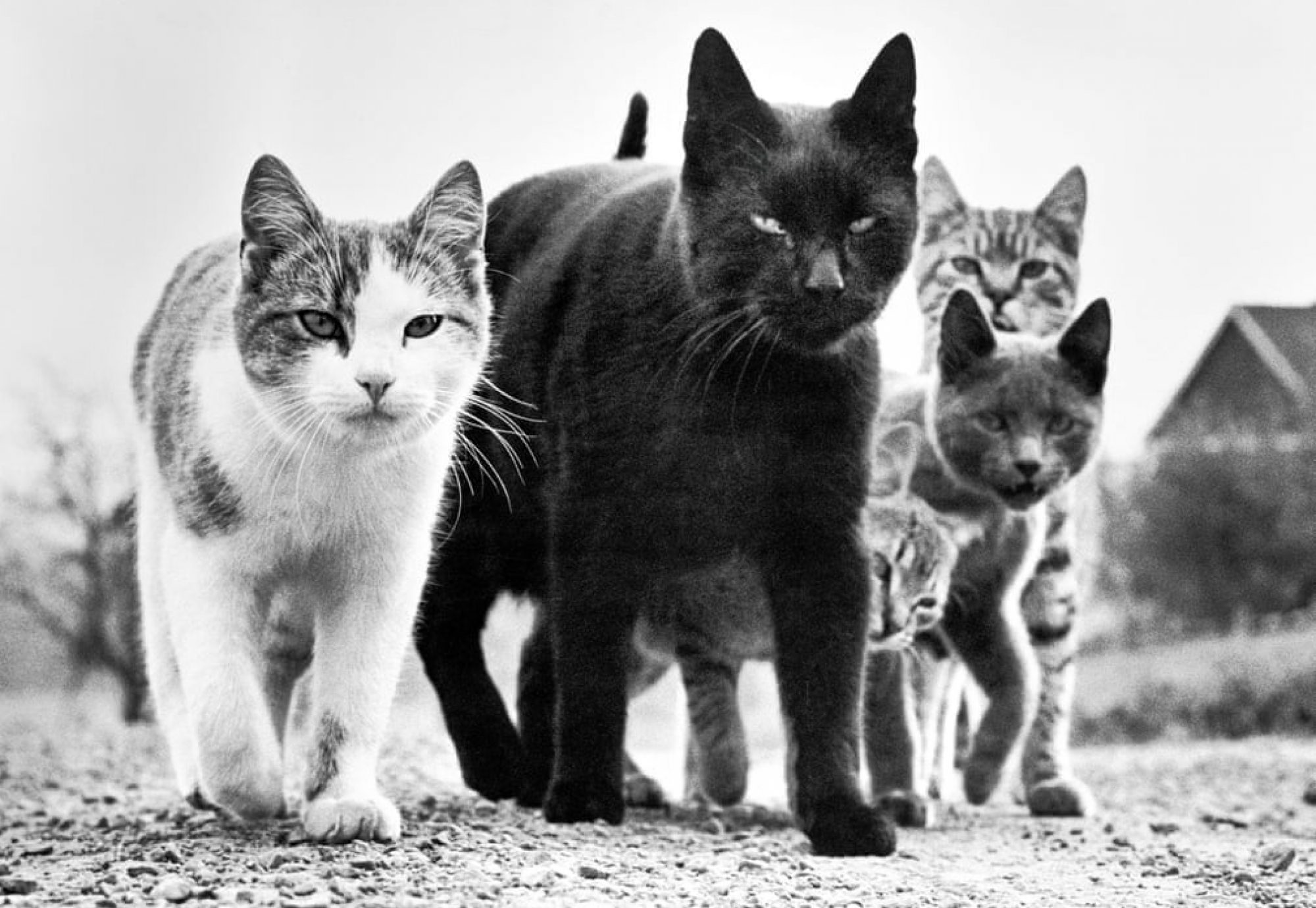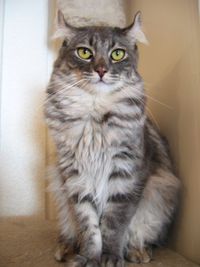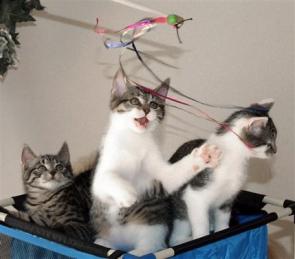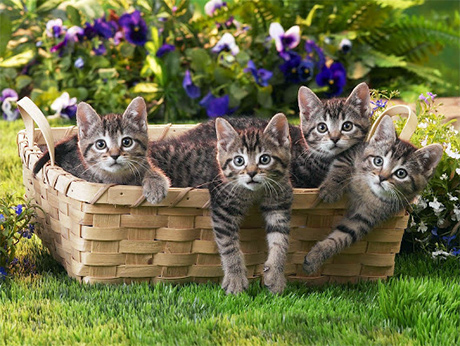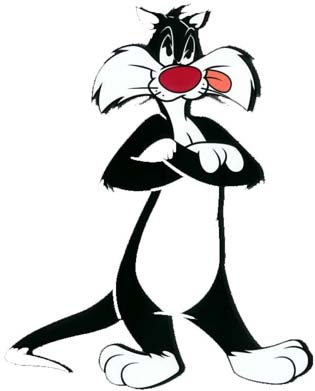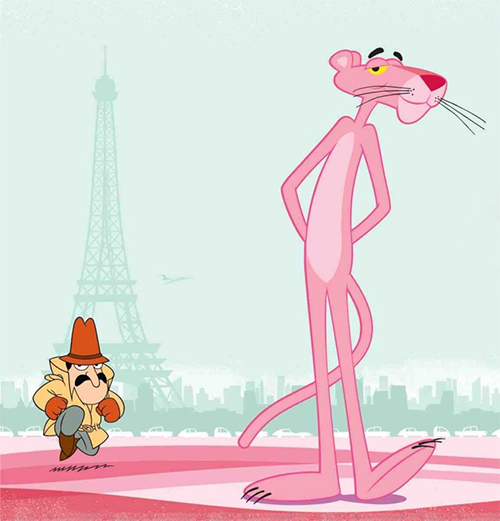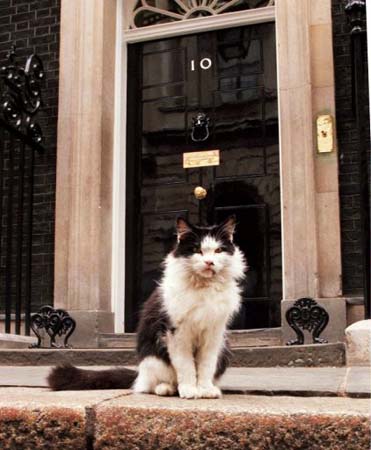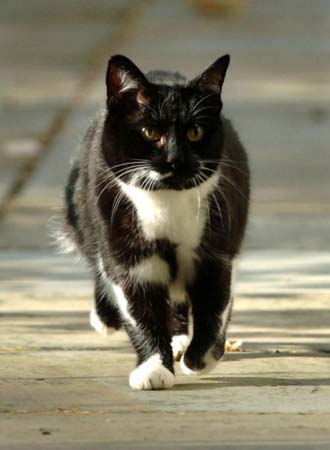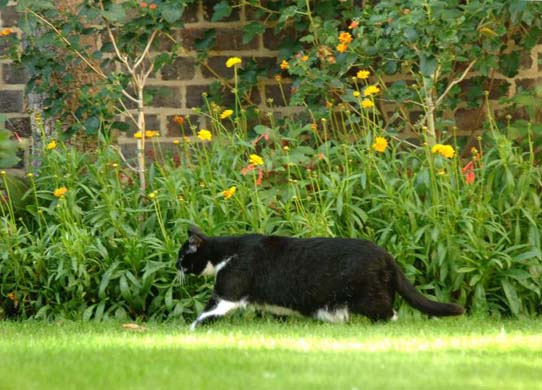The American Wirehair breed is uniquely American. It began as a spontaneous mutation in a litter of upstate New York farm cats in 1966. A spontaneous mutation is an uncommon, although not rare, happening. As it has occurred among cats in the past, two ordinary cats came together and as a result of their mating, a kitten unlike its parents or littermates was born. The progeny of the original mutation, Council Rock Farm Adams of Hi-Fi, are now in all areas of the United States. What is interesting and unusual about this particular mutation is that it has not been reported in any other country thus far.
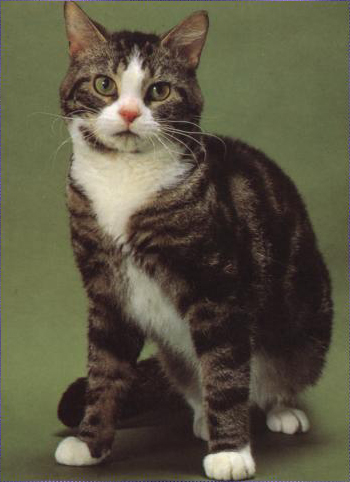
The coat is the characteristic that separates the American Wirehair from all other breeds. Just as there is a wide variety of texture in Persians or Exotics, there is also considerable variation among the Wirehairs. As this is a dominant mutation, approximately half of the kittens will be wirehaired at birth. The most readily apparent wiring is that of the whiskers and ideally, the entire coat will be wired at birth. If the coat appears to be ringlets, it may be too long and may wave or straighten with maturity. Some of the lightly wired coats may continue to crimp during the early life of the Wirehair. The degree of coarseness depends upon the coat texture of the sire and dam. To produce the best wiring, both parents must have a hard coat.
Breeders find them easy to care for, resistant to disease, and good producers. Pet owners delight with their quiet, reserved and loving ways.
Weight: 8-11 lbs.
Eyes: The American Wirehair eyes are large and round. Aperture has a slight upward tilt. The color depends on the color of the coat.
Coat: Springy, tight, medium in length; overall appearance of wiring and coarseness and resilience of the coat is more important than the crimping of each hair; very dense, resilient, crimped, and coarse coat is most desirable; whiskers should be curly.
Associations: The American Wirehair is accepted by CFA and TICA.
